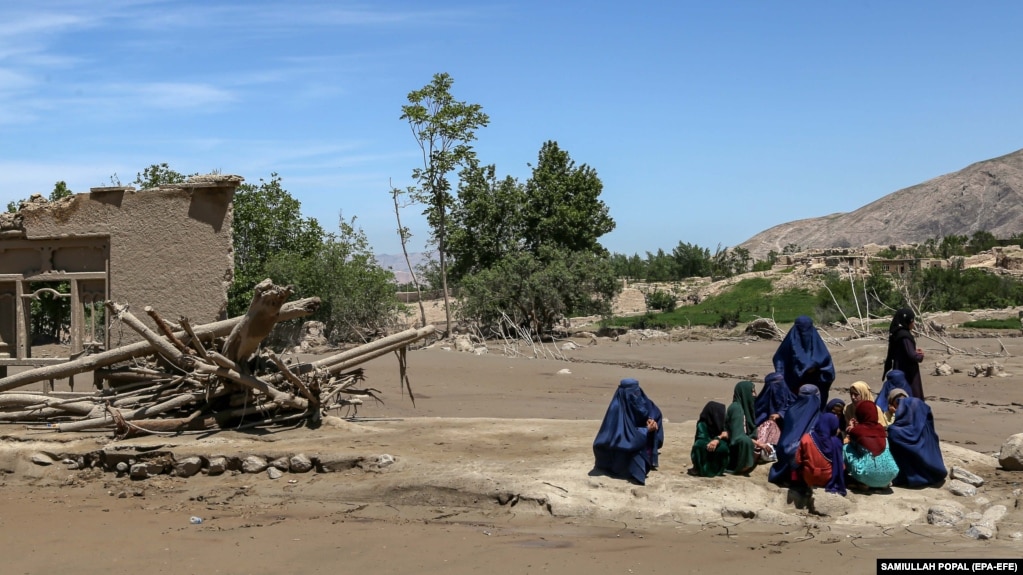
By Abubakar Siddique
One of the world’s poorest countries, Afghanistan is also among the leading nations affected by climate change.
Decades of war and environmental degradation have made Afghanistan the fourth most vulnerable country in the world to the impacts of climate change.
Rising temperatures have exacerbated the frequency and severity of natural disasters, including droughts, floods, and landslides, experts say.
Deadly natural disasters in recent years have, in turn, aggravated the devastating humanitarian and economic crises in Afghanistan, where millions are at risk of starvation.
Climate change presents unique challenges to Afghanistan’s population of some 40 million, experts say, with around 80 percent of its people dependent on natural resources for their livelihoods.
The collapse of the Western-backed Afghan government and the Taliban’s seizure of power in 2021 has complicated Afghanistan’s ability to deal with the climate change crisis.
In the wake of the Taliban takeover, international donors immediately halted billions in development aid. International humanitarian assistance, meanwhile, has sharply receded in recent years, partly due to the extremist group’s dismal human rights record.
A Taliban delegation is participating as an observer at the UN Climate Conference in Baku. But the Taliban’s cash-strapped and unrecognized government is unlikely to attract the international assistance needed for Afghanistan to adapt to and mitigate the effects of climate change.
Afghanistan contributes little to global emissions but has experienced rapid temperature rises. Since 1950, its mean temperature has risen 1.8 degrees Celsius, higher than the global average of 1.5 degrees Celsius.
Rising temperatures have “wreaked havoc on agriculture and the agricultural value chain — the country’s economic backbone,” according to the United Nations Development Program (UNDP).
Afghanistan is a major source of fresh water for its neighbors. But climate change has rapidly increased water scarcity by decimating the country’s hydrological infrastructure.
UNICEF, the UN’s children’s agency, estimates that eight out of every 10 Afghans no longer have access to safe drinking water.
More than 64 percent of Afghanistan’s population is dealing with drought, pushing an increasing number of Afghans into food insecurity, according to the UN.
Data by the International Organization for Migration (IOM) also shows that “climate change is increasingly a trigger for internal displacement as well as migration out of Afghanistan.”
source : Radio Free Europe
